20 Most Disappointing Games Ever Made
From Fallout 76 to Perfect Dark Zero, these are the games that broke our hearts.
A disappointing game isn’t always a bad game. In many ways, a disappointing game is worse.
That’s because fans not only hoped these games would be great, but expected them to be so. They were sequels to beloved franchises, or bold new concepts that were supposed to change the way we play, or simply games that looked fantastic. Most of all, these titles were able to generate the kind of hype that cut through our better judgment.
We’ve all played these games. Here are 20 games that let us down:
Fallout 76
2018 | Bethesda Game Studios
We don’t know what Fallout 76 will look like in the months and years ahead, but at the moment, it feels safe to rank this title among the greatest disappointments in gaming history. The biggest problem with Fallout 76 isn’t the unbelievable glitches, lack of things to do, dated engine, or how it’s a shell of a real Fallout game. No, the biggest problem with Fallout 76 is that this is a Bethesda game.
With all the talent and resources at its disposal, Bethesda delivered a AAA game that’s somehow even more broken and barren than its indie competition. Maybe Fallout 76 will improve over time, but its launch will always be remembered as a tremendous failure.
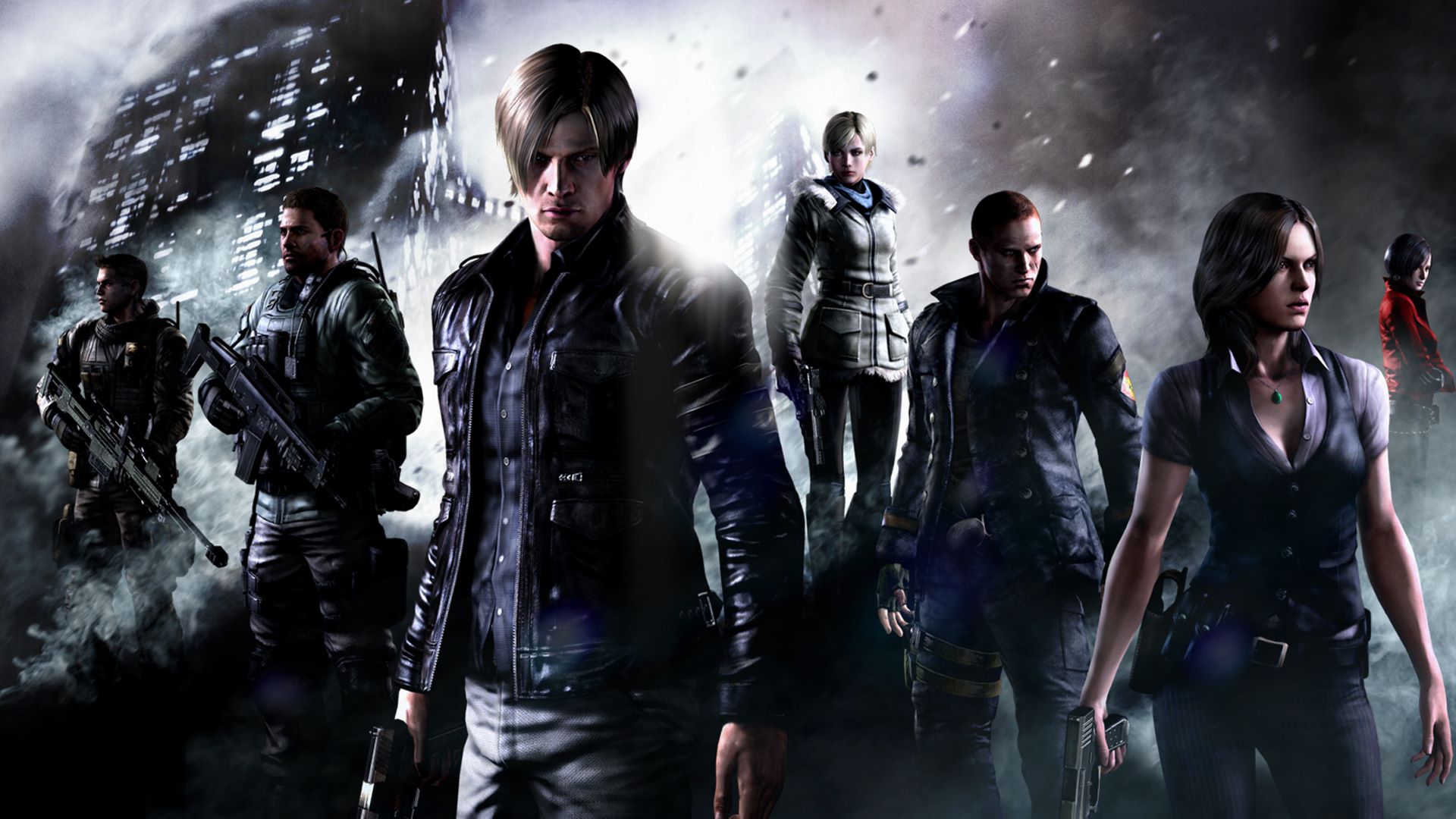
Resident Evil 6
2012 | Capcom
Sure, we’ve already written a few thousand words about why Resident Evil 6 is a creative failure, but we’re not about to let this sequel off that easily. Resident Evil 6 is an overly cinematic action game that wears Resident Evil’s skin like some kind of perverted serial killer.
Capcom tried to emulate so many popular games of the era and, in the process, ended up with a sequel that excelled at nothing and failed at so very much. It’s a grab bag of dated design ideas executed by developers that didn’t seem to believe in what they were making.
The success of Resident Evil 4 and 5 made just about every series fan excited for Resident Evil 6. Unfortunately, that game made it clear that Capcom didn’t really care what the fans were excited for.
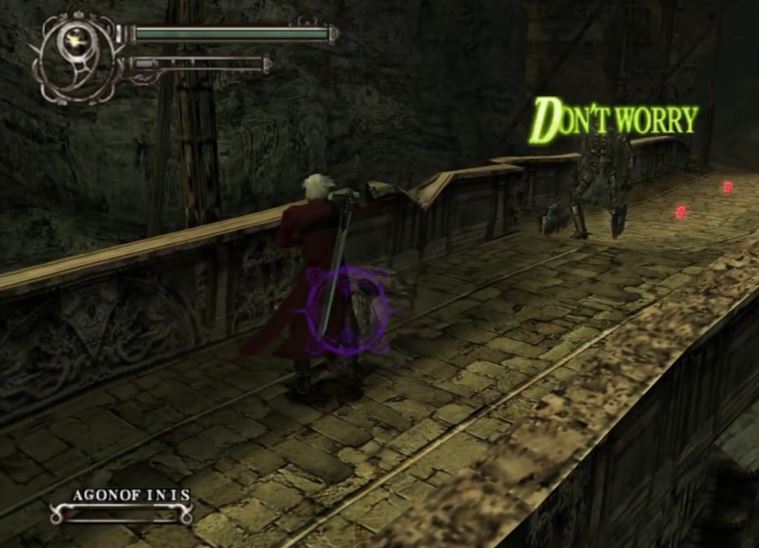
Devil May Cry 2
2003 | Capcom
Devil May Cry 2 doesn’t rank among the worst games ever, but it most certainly belongs on any list of most disappointing gaming experiences. We probably don’t need to tell anyone who played Devil May Cry 2 that many of the visionaries who worked on the first game were not involved with the development of the sequel. That much was made clear by the game’s surprising lack of difficulty, awful level design, confusing combat system that lacked nearly all of the original game’s nuance, and the bizarre decision to include a second disc adventure that was basically the main game but with a slightly different character and insignificant alterations.
In fact, we feel comfortable saying that Devil May Cry 2 is strictly worse than its predecessor in just about every respect. That’s almost impressive when you consider that Capcom could have just copied everything from the first game and called it a day.
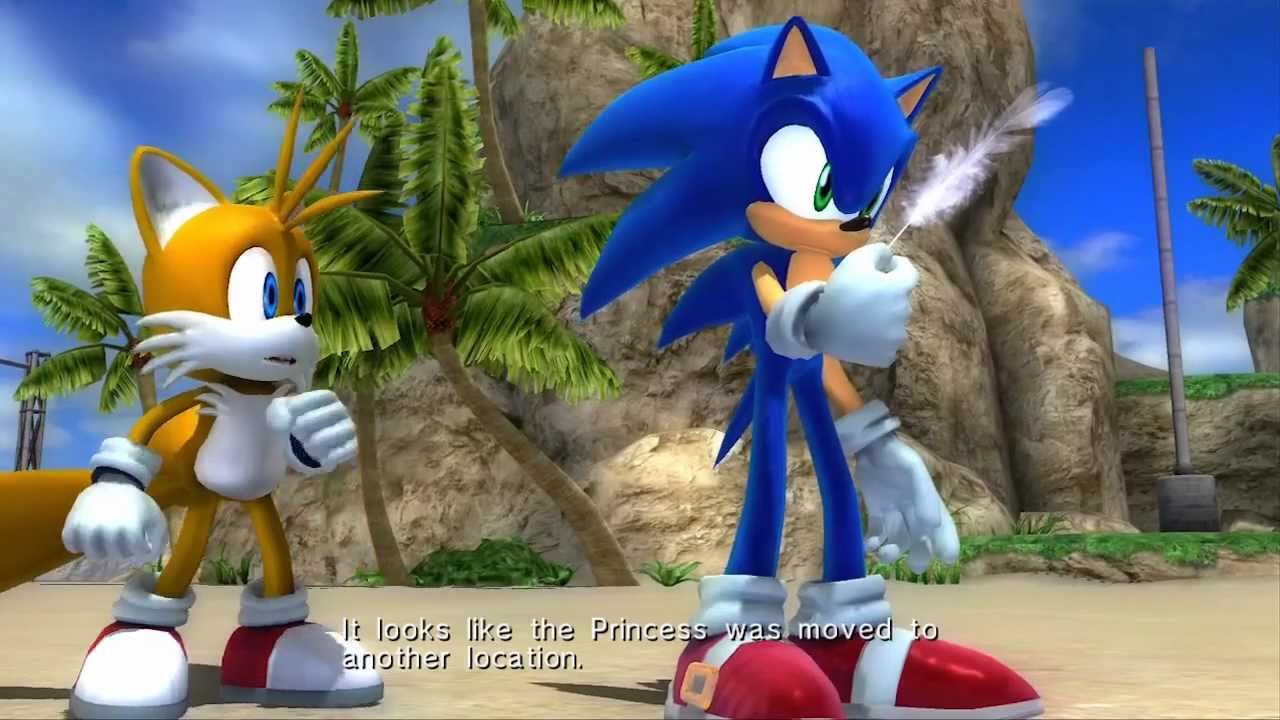
Sonic The Hedgehog
2006 | Sonic Team
The only reason this game doesn’t rank higher is that many Sonic fans were well aware by this point that Sega had pretty much given up on this franchise (at least until Sonic Mania). Still, this game proved to be a stunning disaster.
It’s rare that a game of this size and with this pedigree arrives in a nearly unplayable state. In fact, it’s almost worth playing this game just to experience the thrill of a camera system that seems to have a mind of its own and will randomly change angles without reason. It’s like playing a game developed by Taken 3’s editor.
Even if you manage to get past this game’s astonishing technical problems, you’re still forced to suffer through a bizarre plotline that is unnecessarily dark and moody as well as bizarrely sentimental. It’s like the game’s story is going through puberty.
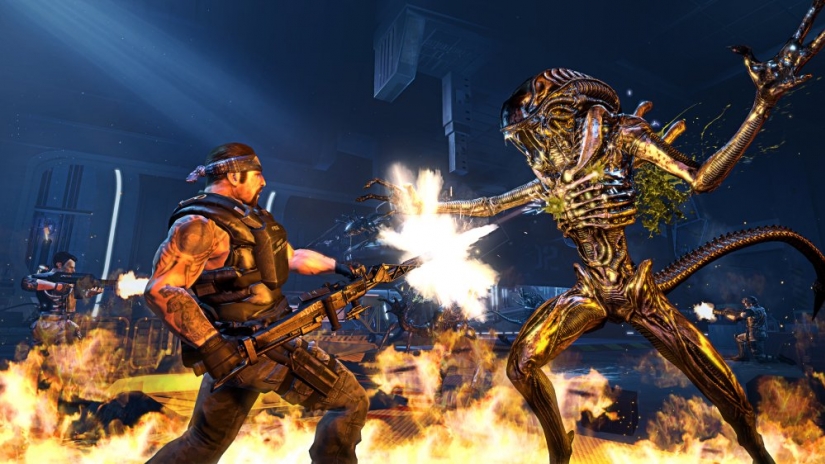
Aliens: Colonial Marines
2013 | Gearbox Software
Believe it or not, there was a time when Aliens: Colonial Marines was shaping up to be the best Alien game ever. Of course, that was before anyone realized that Colonial Marines’ impressive demos were just a snapshot of the final product.
The real Colonial Marines was an almost amusing mess. While those who played the game will no doubt remember its terrible level design, low-res textures, and a story that failed to capture anything that makes the Alien franchise interesting, most will immediately blame the legendarily awful enemy AI. We would later learn that the game’s awful AI was the result of a typo. Go figure.
Despite featuring one of the most underrated soundtracks ever, Colonial Marines will forever be remembered as one of the worst things associated with the Alien franchise. That’s no small feat.
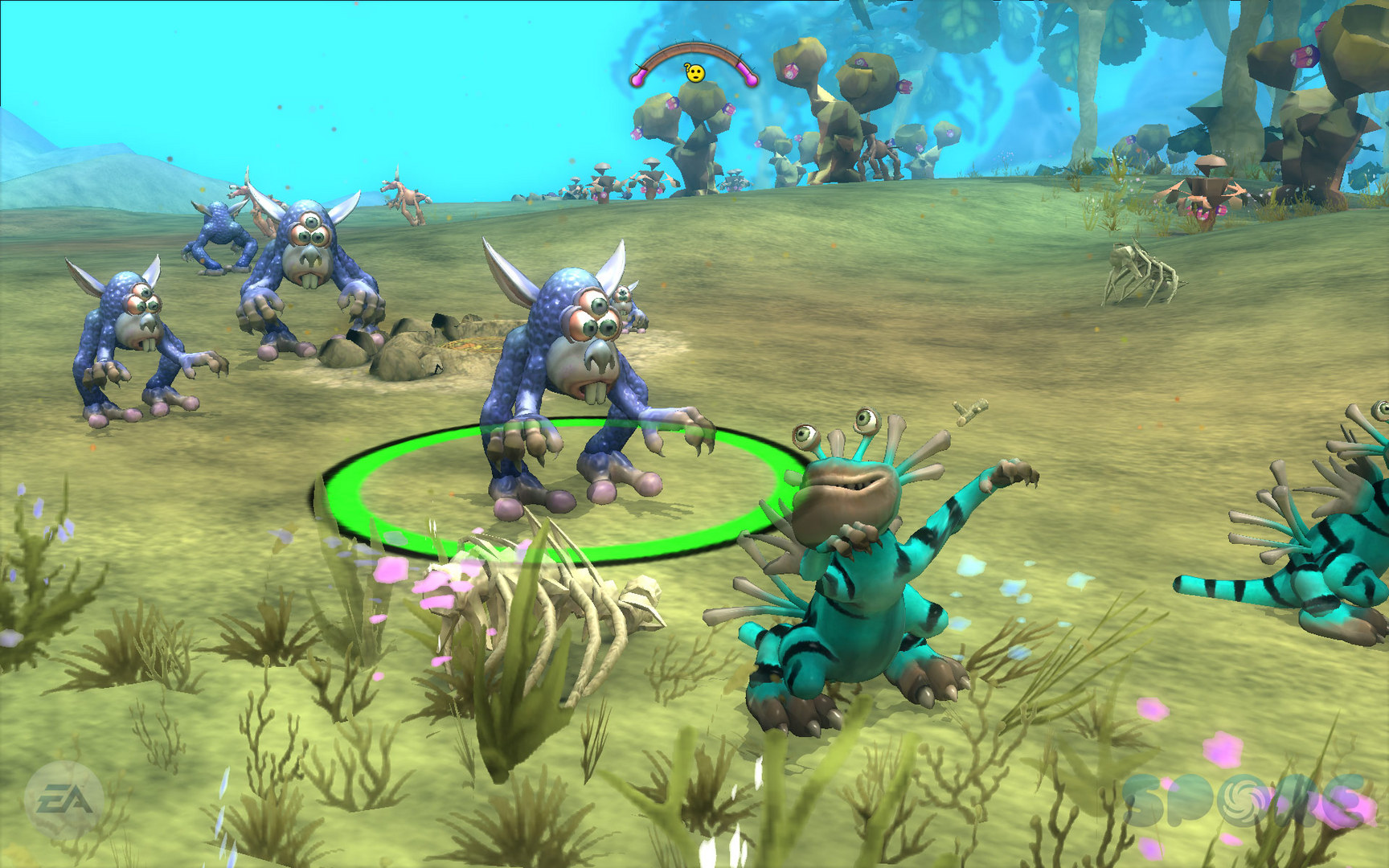
Spore
2008 | Maxis
When Will Wright (creator of The Sims and SimCity) hyped Spore, the gaming world listened. It sounded outlandish that a game would allow us to control a universal sandbox that begins with just a single organism, but Wright’s incredible design history inspired hope in the hearts of even the most doubtful gamers.
Where Spore ultimately failed was in the simplification of its own ambitions. It turns out that designing your own universe of creatures was a boring, simple, and slow process that yielded few rewards. On top of that, Spore was plagued by a truly awful early DRM system that almost killed the game outright.
It’s tempting to say that Spore taught us all a valuable lesson in believing designers who promise us the universe, but the success of Star Citizen suggests that isn’t the case.
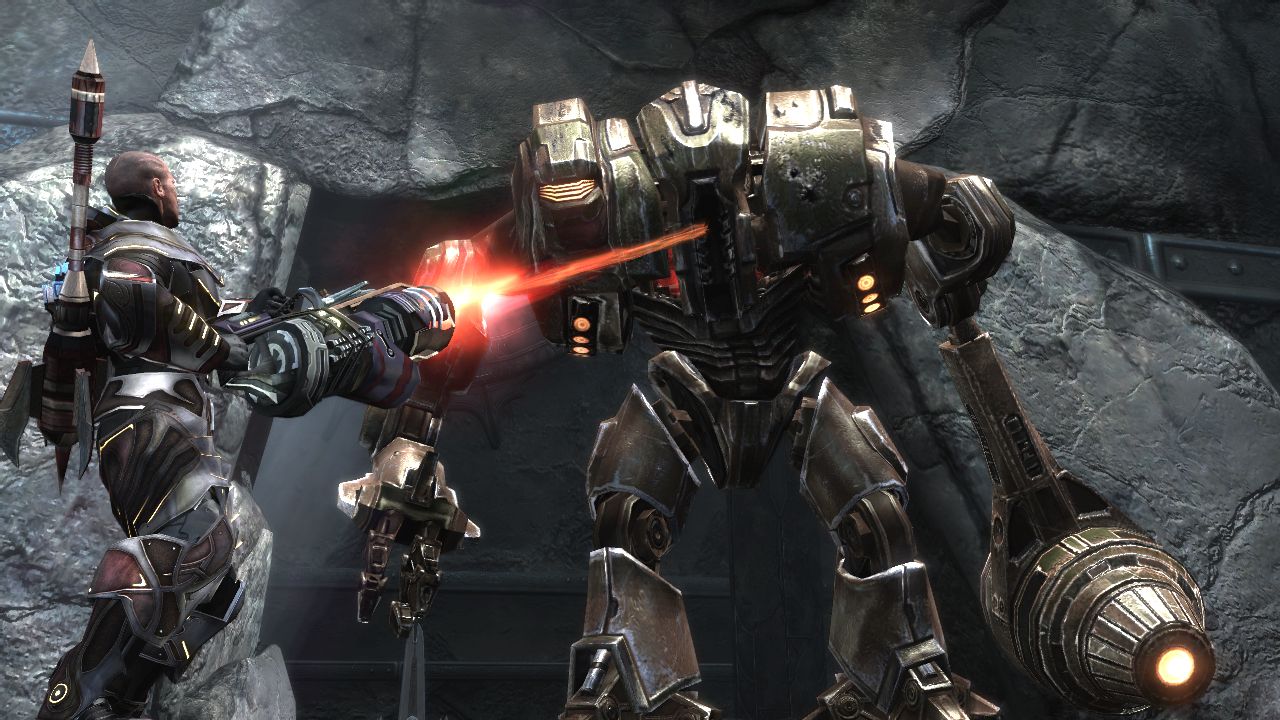
Too Human
2008 | Silicon Knights
Following the success of Eternal Darkness and Metal Gear Solid: The Twin Snakes, developer Silicon Knights established itself as one of the most exciting and creative studios in the industry. When that studio announced that it was working on a sci-fi epic based on Norse mythology, the gaming world allowed itself to believe that Too Human might just be something special.
It was, but not in a good way. Too Human’s world and premise were decent, but the gameplay was indefensible. Too Human’s use of the right analog stick for melee attacks and not camera control almost single-handedly ruins everything else in the game. Even if that glaring issue didn’t exist, you’d still be left with an action game with awful combat sequences, an epic narrative with an incomplete plot, and a game where you spend most of your time watching an unskippable death sequence.
Mass Effect 3
2012 | BioWare
Imagine that you’re a kid who has just been invited to the world’s greatest toy store. When you arrive, the owner tells you that the store is open just for you. Even better, he tells you that you can play with as many toys as you want and even pick a toy of your choosing to take home with you. However, at the end of the day, he reveals that you can only pick one of three toys: a broken wooden soldier, a soiled jack-in-the-box, and a piece of string.
That’s roughly what it was like to experience Mass Effect 3’s ending for the first time. Until that point, BioWare had promised and delivered a grand sci-fi epic where your choices actually mattered. Then they ruined it all by revealing that every player’s journey would end in one of a few underwhelming ways. Yes, Andromeda was a strictly worse game, but Mass Effect 3 is the series’ most disappointing hour.
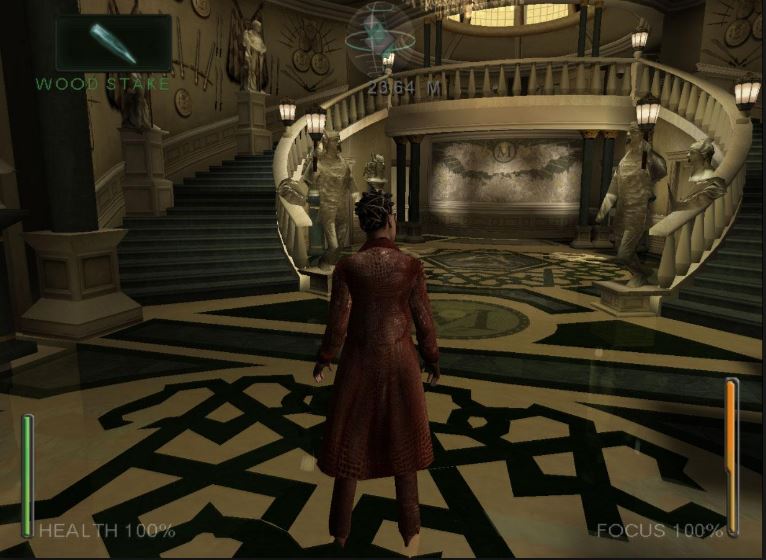
Enter the Matrix
2003 | Shiny Entertainment
The most disappointing thing about Enter the Matrix isn’t its incredibly floaty combat that feels like a joke or its abhorrent design. The most disappointing thing about Enter the Matrix is the way it constantly re-built and shattered your hopes.
Enter the Matrix expanded the Matrix universe with some memorable characters and surprisingly interesting live-action cutscenes, but every time that you felt like the game was turning a corner, it did something to kill your good will. Honestly, that old Max Payne Matrix mod is a better Matrix game than Enter the Matrix.
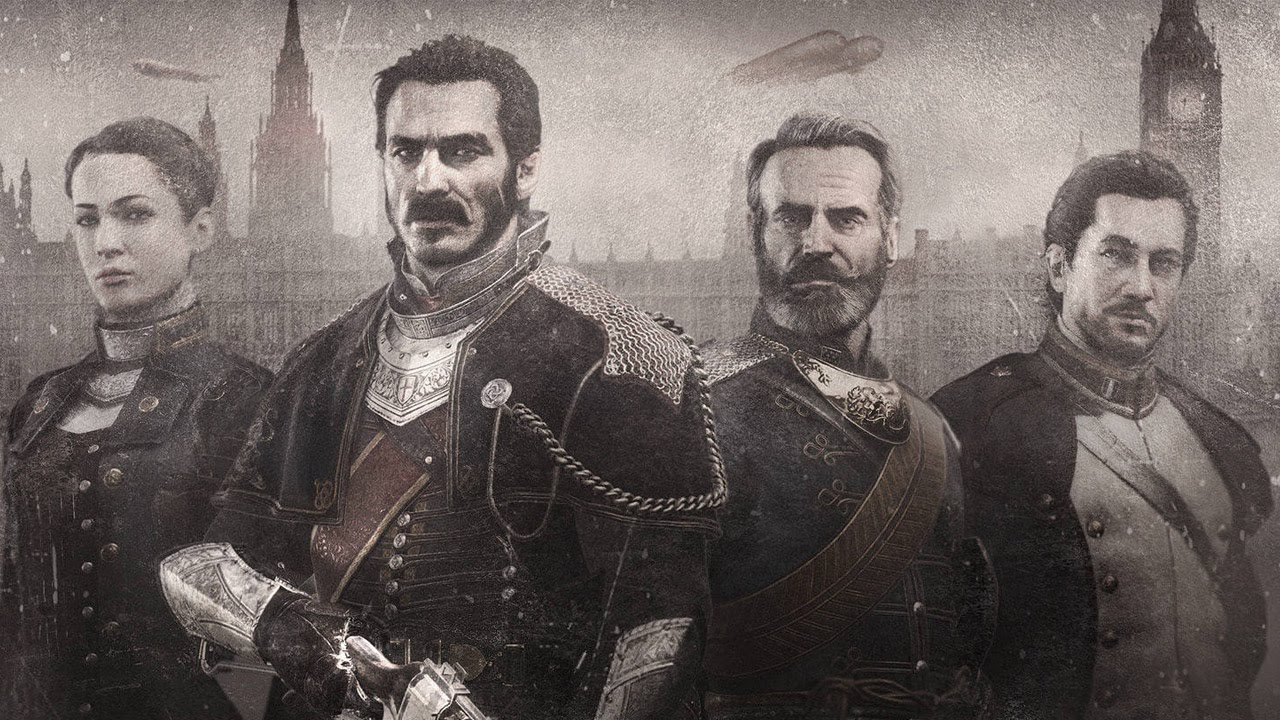
The Order: 1886
2015 | Ready at Dawn & Sony Santa Monica
The Order: 1886 has this strange effect on people that is similar to temporary amnesia. You see its stunning graphics, you hear about its amazing premise (a secret society of soldiers in 19th century London who battle werewolves, vampires, and other monsters), and you even recall that its combat wasn’t that bad, and you think to yourself, “I should revisit that game.”
Spare yourself some pain, though, and simply remember that The Order: 1886 is an interactive movie disguised as a game that fails as both a game and a movie. The level of control afforded to the player in this game makes Uncharted look like The Witcher 3. The Order: 1886 wanted to be a franchise more than it wanted to be a good game. Maybe it will remind some other studio why that approach doesn’t work.
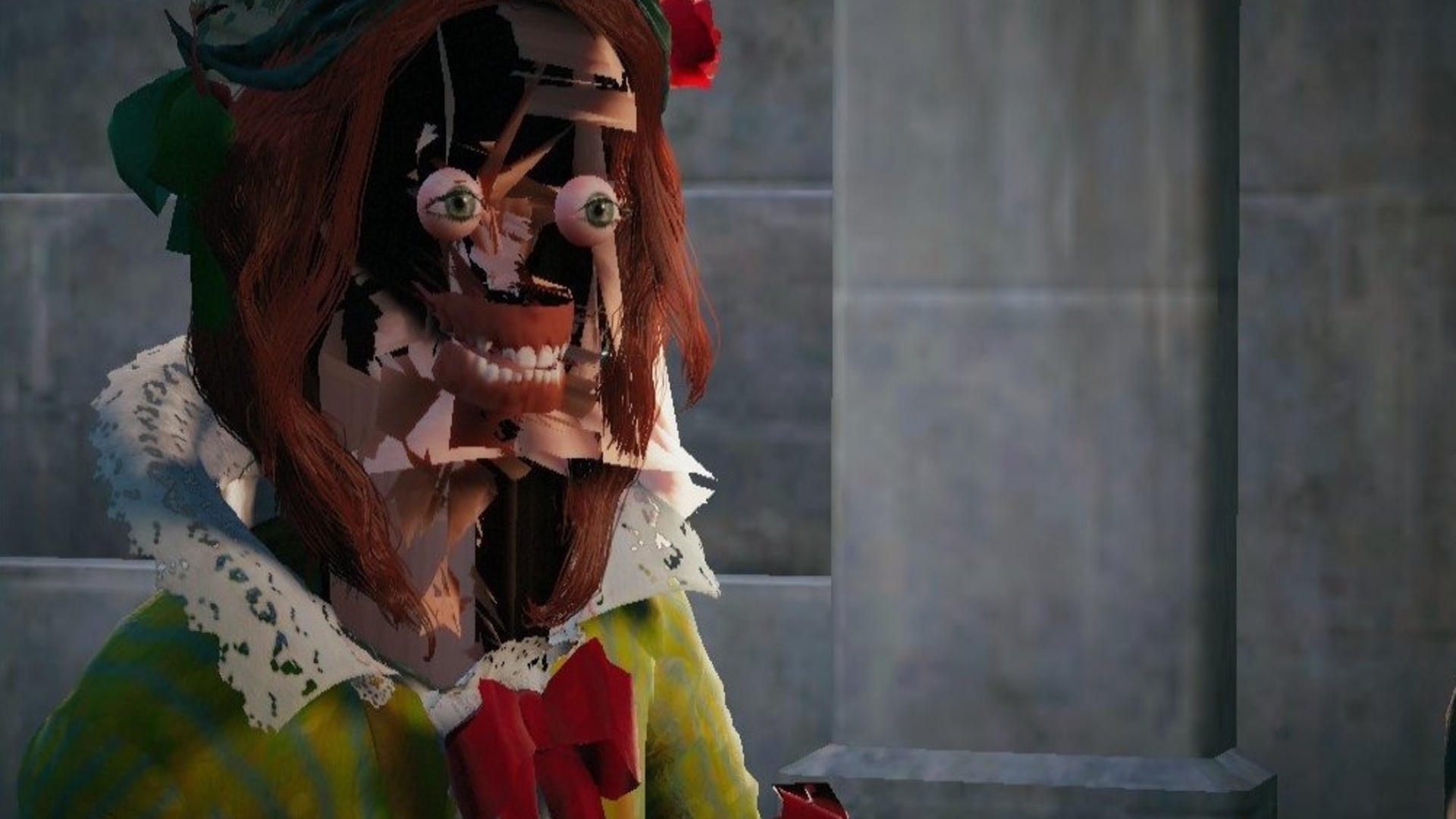
Assassin’s Creed Unity
2014 | Ubisoft Montreal
While the Assassin’s Creed series had already suffered some misses by the time Unity arrived (Assassin’s Creed III jumps to mind), the general high quality of the franchise and Unity’s status as the successor to the beloved Assassin’s Creed IV meant that most fans expected Unity to be, at worst, pretty good.
Oh, to return to those days of youthful bliss. To this day, nobody is really sure if AC: Unity was ever really playtested. If it was, then that means that Ubisoft saw no problem with shipping out one of the buggiest major releases in video game history. The game was so buggy that Ubisoft had to apologize for it and give away free games just to appease the masses. Of course, that still doesn’t explain why the developers claimed it would be too much work to add female characters to the game’s co-op…
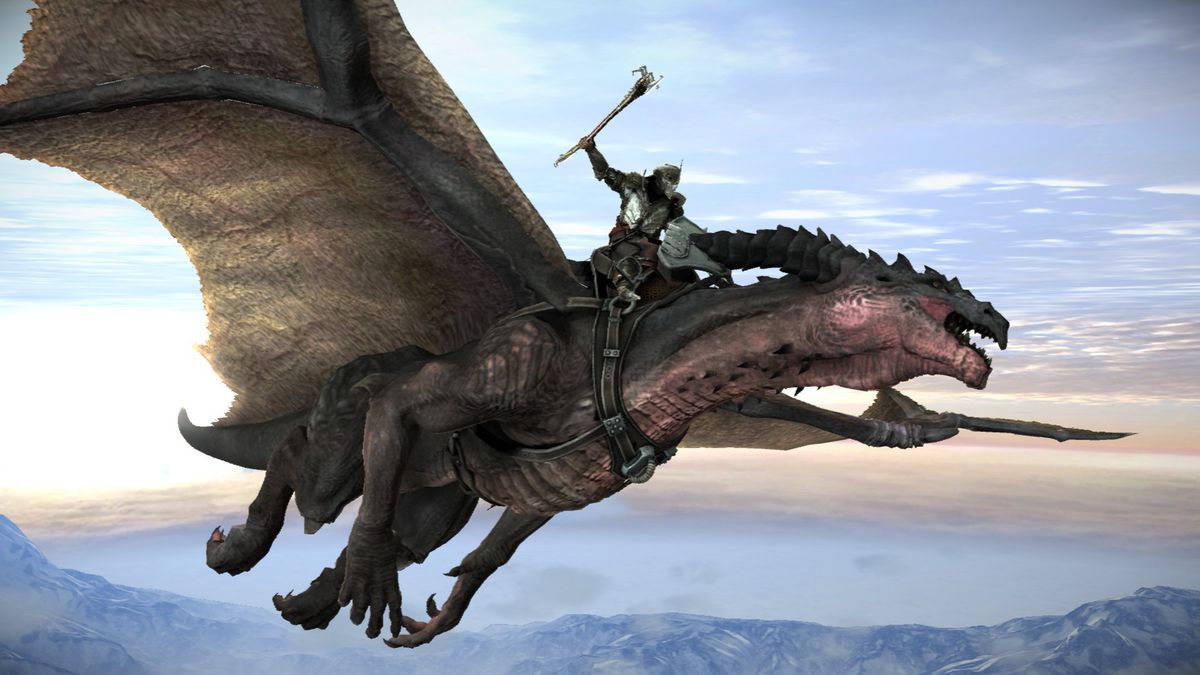
Lair
2007 | Factor 5
We’re not joking when we say that Lair might just feature the worst controls in video game history. Designed by Factor 5, the studio responsible for the Rogue Squadron series, Lair tried to utilize the PlayStation 3’s “revolutionary” Sixaxis motion controls as the basis for a new era for the genre it helped perfect.
The only problem was that it was nearly impossible to play Lair without sending your character veering wildly in the wrong direction because you made a slight miscalculation when you moved your controller. Lair’s controls were so bad that Sony sent out a review guide for the game (after it had already been reviewed) that basically told reviewers why they had played the game wrong and how they should really feel about it.
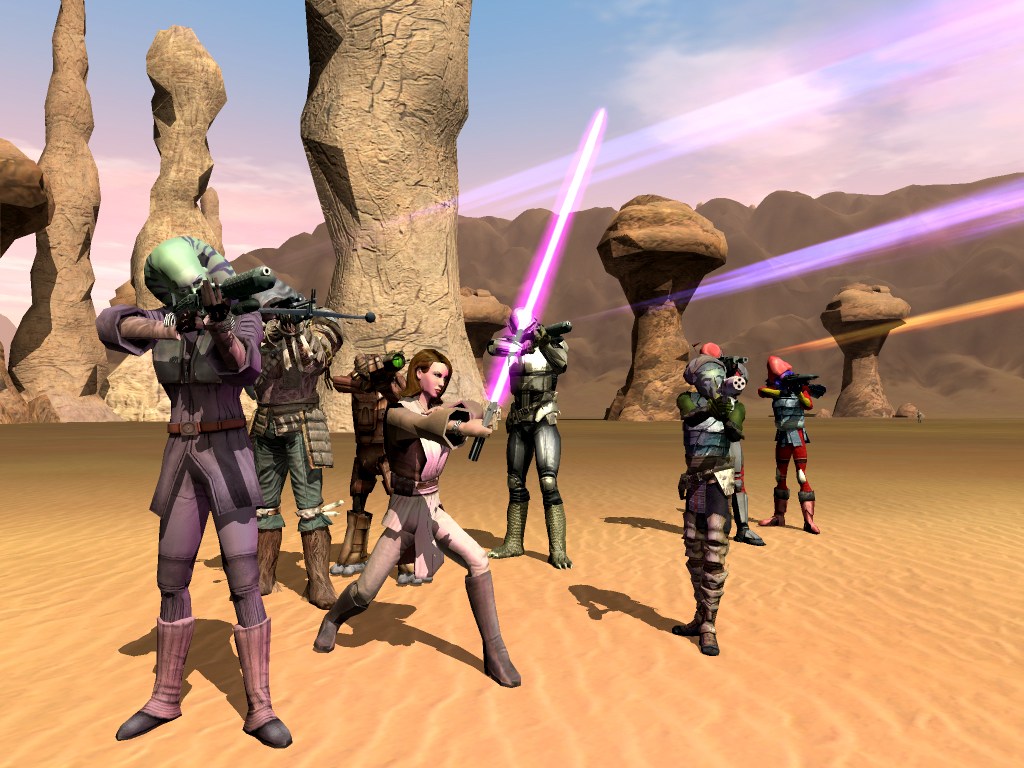
Star Wars Galaxies
2003 | Sony Online Entertainment
This one hurts.
There was a time when Star Wars Galaxies was an exciting Star Wars MMO that had the potential to be the ultimate game for fans of the franchise. That time came crashing down when the game’s developers decided to introduce an update known as New Game Enhancements. This update simplified and watered down nearly everything that made the game good. It even allowed you to start the game as a Jedi (a class that formerly took weeks or months to unlock).
The update led to mass in-game protests which in turn led to the developers teleporting in-game protesters to random planets so they could no longer congregate. Never before has an in-game update so drastically impacted the quality of a game in such a negative way.
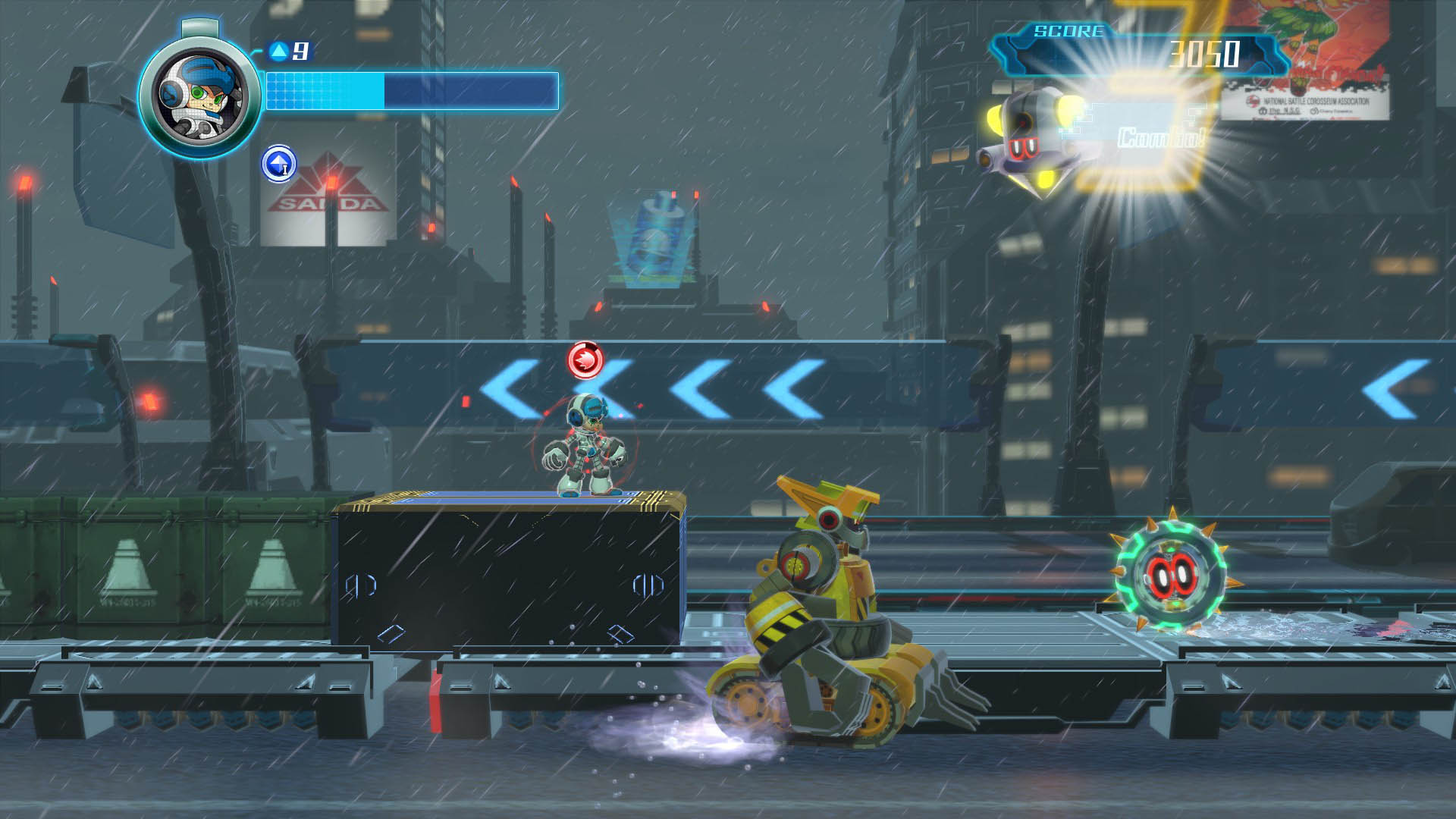
Mighty No. 9
2016 | Comcept & Inti Creates
There’s no shortage of Kickstarter disappointments out there, but Mighty No. 9 may still stand as the most disappointing Kickstarter game ever made. Mighty No. 9 was supposed to be a spiritual successor to the Mega Man series from Keiji Inafune, one of the people responsible for the creation of that series. Instead, it felt like a flash game version of Mega Man made by people who were desperately trying to not get sued while also doing as little work as possible. Bad graphics, re-used enemies and environments, bugs upon bugs…it’s amazing how many ways the developers managed to screw up a 2D action title.
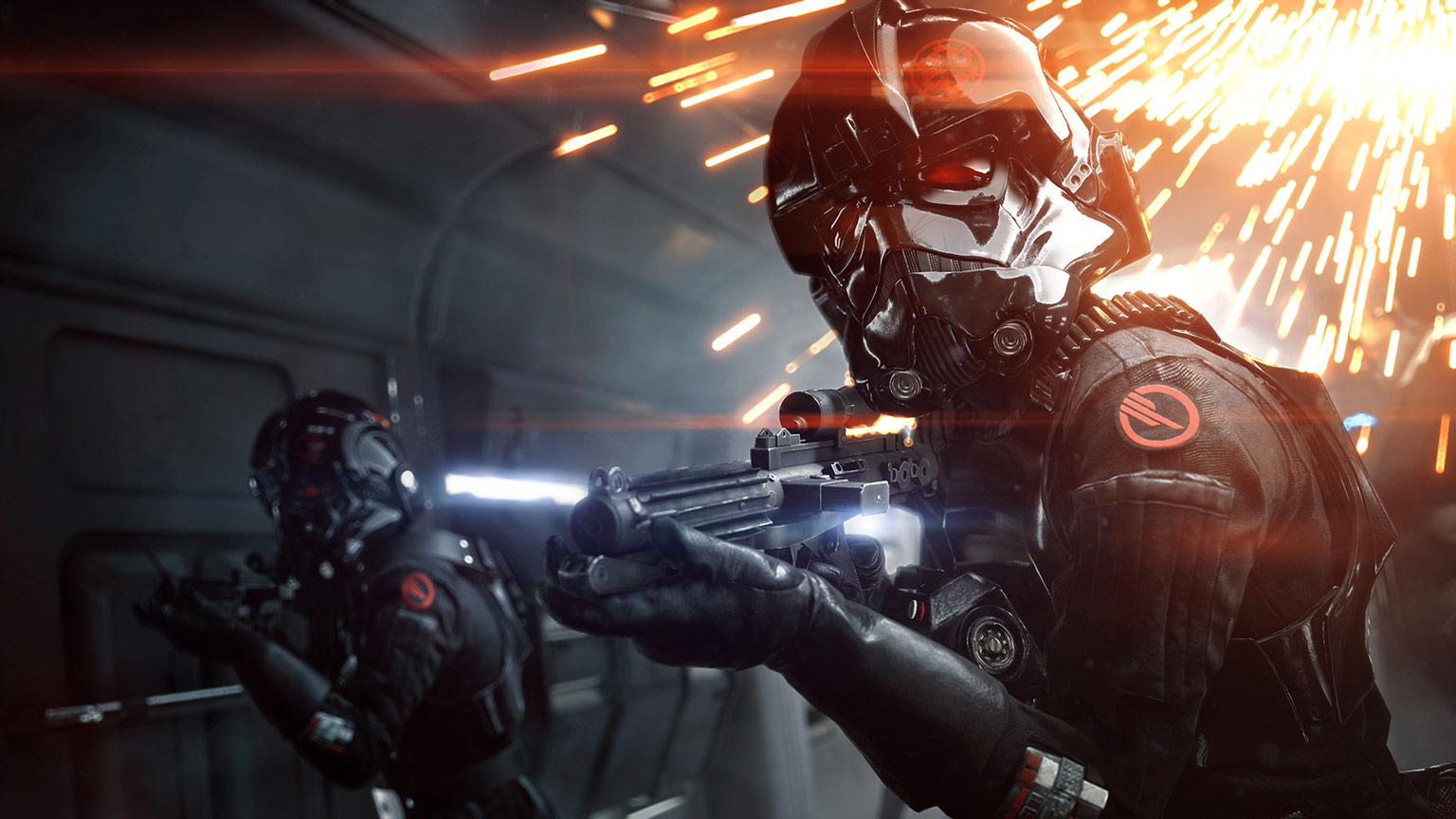
Star Wars Battlefront II
2017 | DICE
If nothing else, we’ll always remember Battlefront II as the game that finally alerted EA to the fact that it is possible to be too greedy. Taken on its own, Battlefront II is an underwhelming Star Wars multiplayer game with a disappointing single-player campaign. However, the game’s original microtransaction system makes it one of the most disappointing titles of all-time.
We understand why EA thought it was going to get away with a microtransaction system that hid so much content behind thick paywalls, but we’re not sure why the publisher didn’t have a backup plan in place in case the players got mad. At a time when people were desperate for Star Wars games, Battlefront II reminded us that fandom is often an easy source of exploitation.
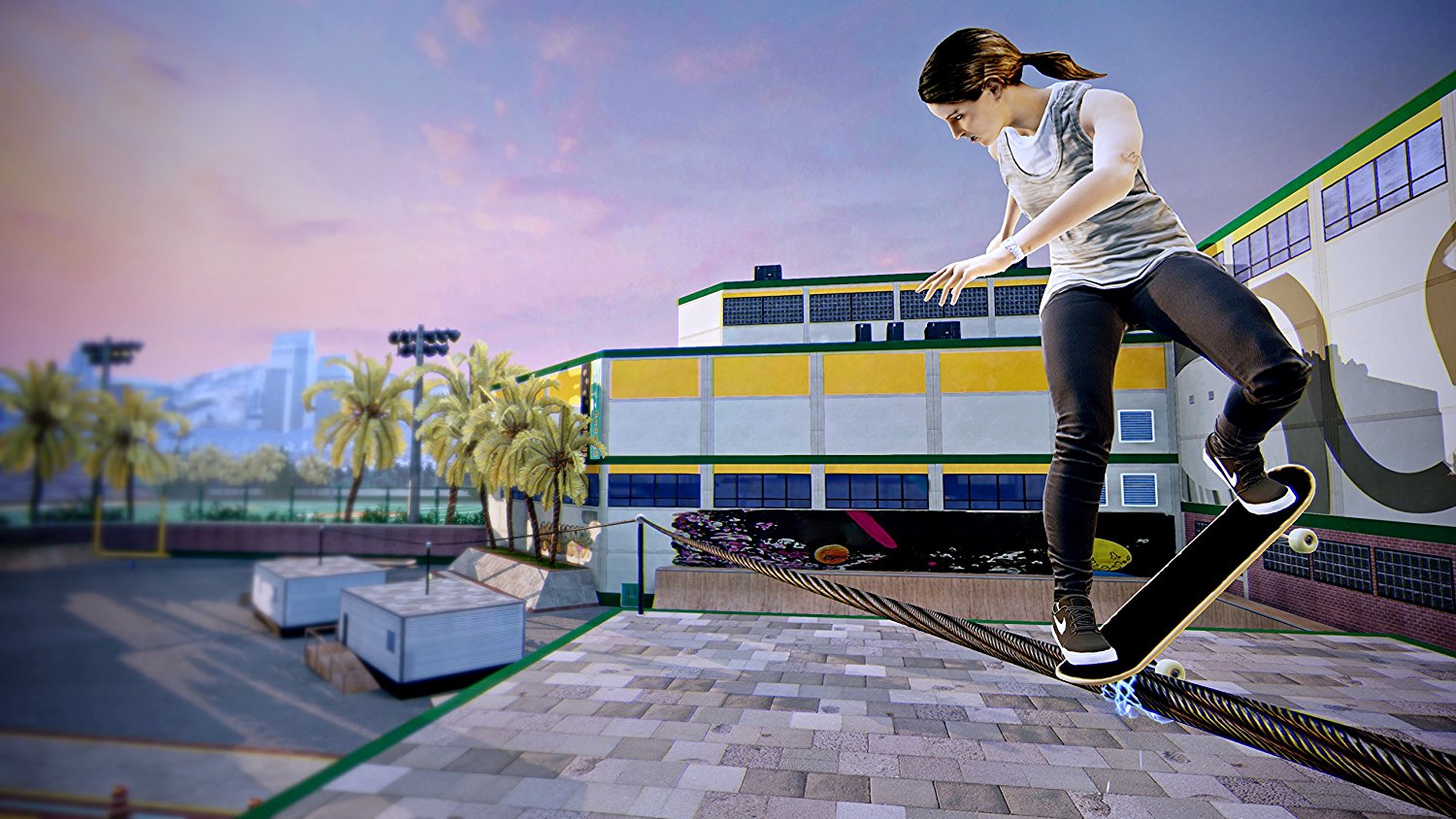
Tony Hawk’s Pro Skater 5
2015 | Robomodo & Disruptive Games
The first three or four Tony Hawk games are near-perfect experiences. They weren’t the most complicated games out there, but there was a kind of depth to the series’ simple gameplay that rewarded those who devoted countless hours to the title. There’s a reason they are so beloved to this day.
Tony Hawk’s Pro Skater 5 not only fails to live up to those original titles but seems determined to destroy their previously untarnished legacy. Gone are the silky smooth controls of the originals. In their place is a control scheme so awful that the game fails to even recognize your inputs about half the time. Gone is the creative level design of the original games. In its place is a lot of concrete and randomly placed rails that make no sense. We’re convinced Tony Hawk’s Pro Skater 5 is a prototype that was accidentally released.
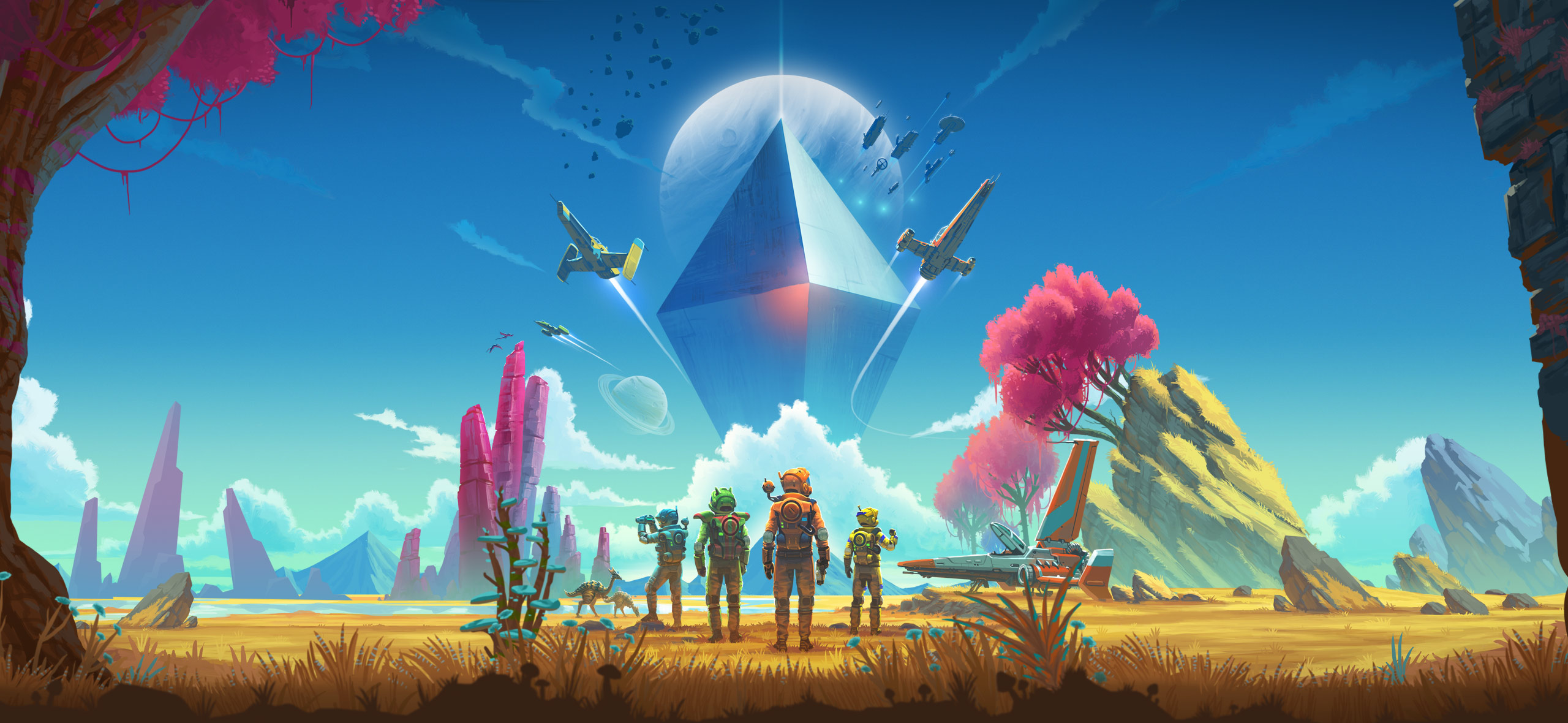
No Man’s Sky
2016 | Hello Games
The only reason No Man’s Sky doesn’t occupy the top spot of this list is that its developers have made the effort to improve the game somewhat. It’s still not where it needs to be, but it’s at least not the disaster it was at launch.
Still, nobody will forget the first 48 hours after No Man’s Sky launched. It was during that time that everyone realized nearly everything that they had been promised about this game was either straight up missing or was present in such a reduced form that it might as well not be there.
No Man’s Sky was so disappointing that we’re shocked it didn’t trigger a second video game industry crash. After all, who can trust what a developer says after living through this game’s hype period and release?
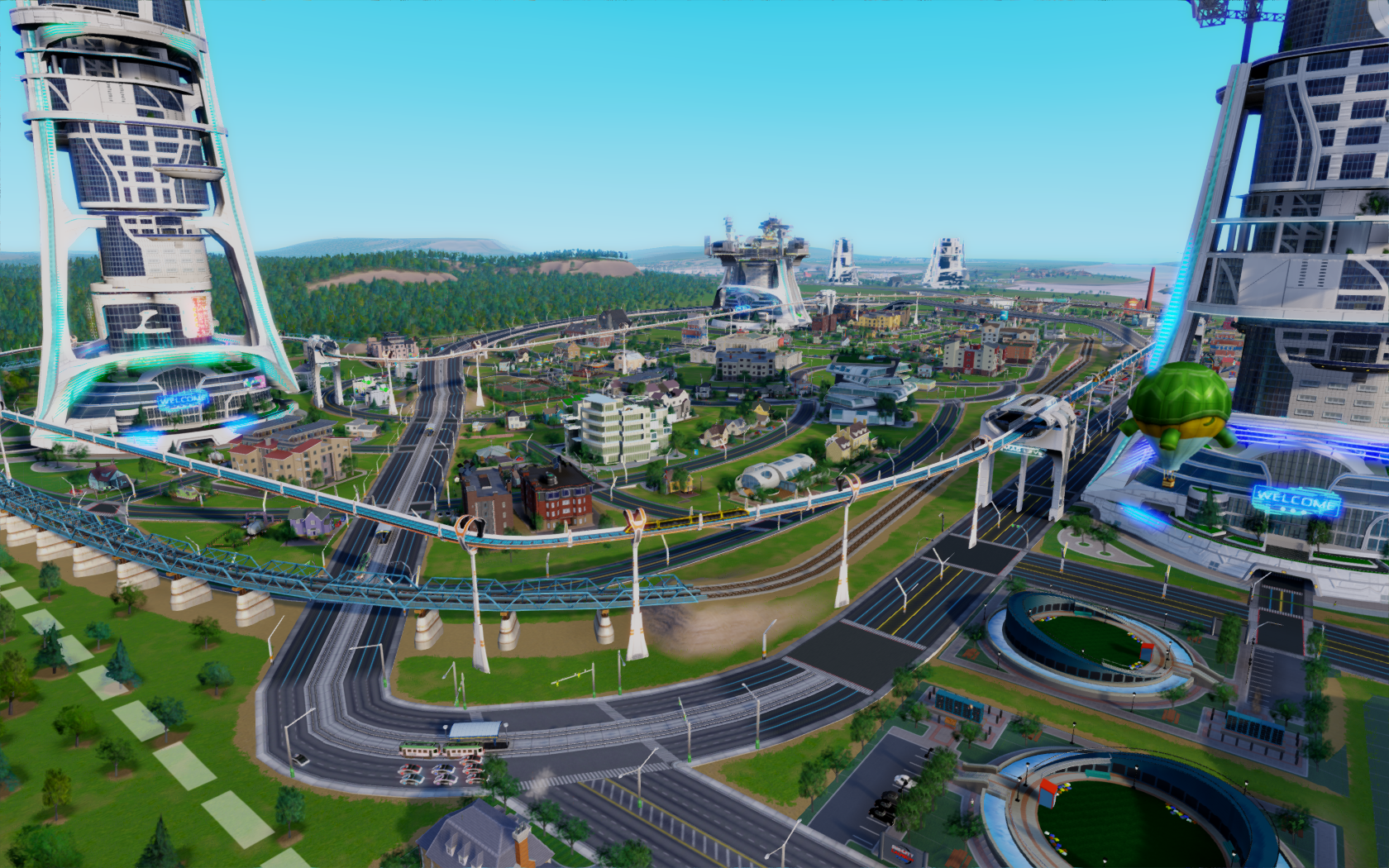
SimCity
2013 | Maxis
Let’s be clear about something. Despite SimCity’s many mechanical problems, lack of features compared to previous games, and drastically scaled down scope, it might not appear on this list were it not for the state in which the game launched.
However, SimCity might just boast the worst launch in video game history. The game’s highly controversial always-online function meant that you had to be online to play SimCity even if you were only using the single-player mode. Even that might have been forgivable were it not for the fact that the game’s servers were useless to the point that gamers were waiting 30 minutes to an hour to log in to play the game even months after its release.
SimCity was so broken, so bad, and so disappointing that it marked the beginning of the end for developer Maxis, a studio responsible for some of the greatest and most important PC games ever made.
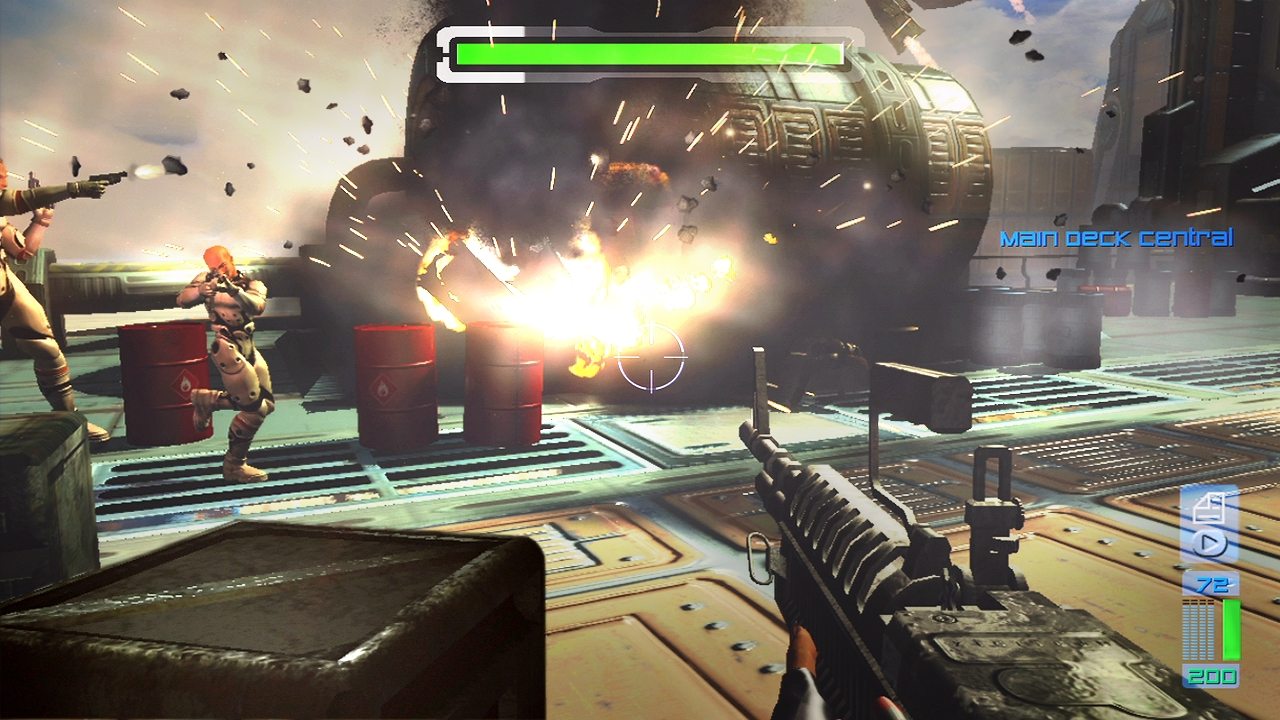
Perfect Dark Zero
2005 | Rare
Some will argue that this spot could go to “every game that Rare has made for Microsoft,” but we actually like Viva Pinata. Instead, this spot goes to a game that’s so bad that it’s almost like gamers everywhere have quietly agreed to never again speak its name.
As the follow-up to Perfect Dark, which was the spiritual successor to GoldenEye, Perfect Dark Zero had a lot to live up to. Sadly, the game wasn’t even a better-looking version of those games. It was a casserole of undercooked concepts topped with a super cheesy storyline. The game’s enemies were somehow even dumber than they were on the N64. Its multiplayer was a hollow shell of what came before.
Perfect Dark Zero was more than a disappointing game. It was the moment that everyone realized that Rare wasn’t Rare anymore.
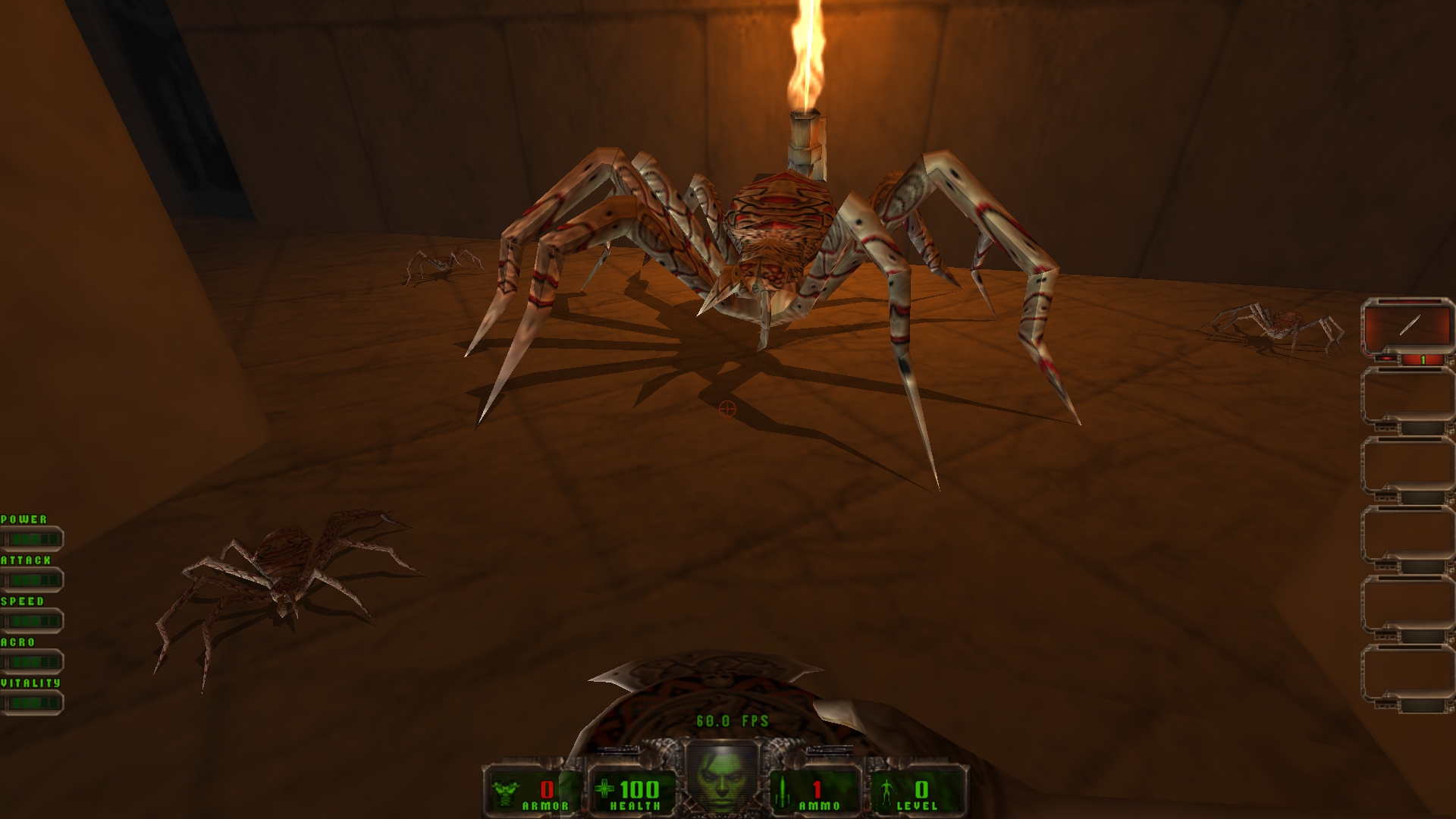
Daikatana
2000 | Ion Storm
Daikatana is more of a meme than a game at this point, but that does little to detract from its status as the poster child for disappointing games. Released towards the end of the golden era of PC FPS games, Daikatana was supposed to be the game that showed us the way forward for the genre. It was developed by John Romero, one of the minds behind Doom, featured advanced A.I., and was hyped by just about everyone as the next big thing.
Yet, despite multiple delays, Daikatana proved to be little more than a collection of bugs and bad ideas. The technology just wasn’t there to support what little ambition this game exhibited. Even if it had been, Daikatana wouldn’t have been nearly as fun as the great FPS games that came before nor as revolutionary as titles like Half-Life and Deus Ex. Daikatana taught a generation of gamers to not believe the hype.
Matthew Byrd is a staff writer for Den of Geek. He spends most of his days trying to pitch deep-dive analytical pieces about Killer Klowns From Outer Space to an increasingly perturbed series of editors. You can read more of his work here or find him on Twitter at @SilverTuna014.
